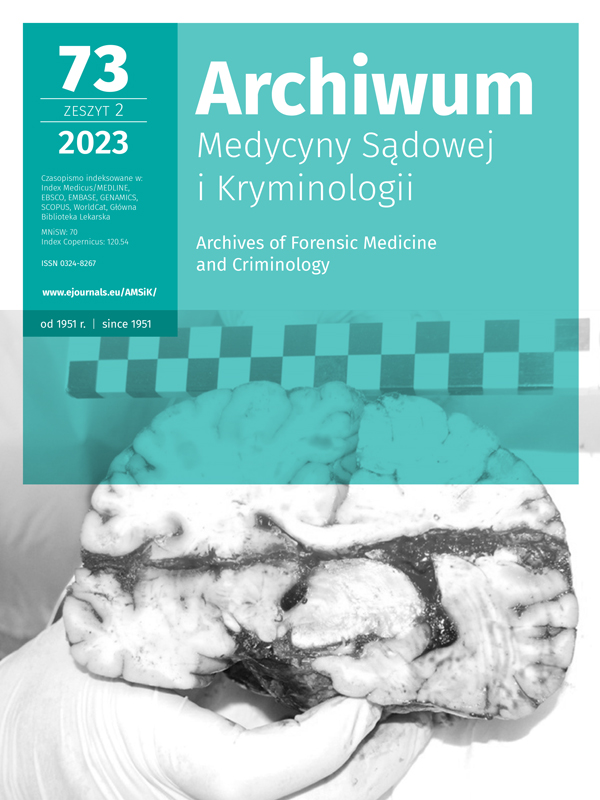Low-level point heteroplasmy detection in human mitogenomes amplified with different polymerases and sequenced on MiSeq FGx platform
Low-level point heteroplasmy detection in human mitogenomes amplified with different polymerases and sequenced on MiSeq FGx platform
Author(s): Katarzyna Skonieczna, Marzanna Ciesielka, Grzegorz Teresiński, Tomasz GrzybowskiSubject(s): Social Sciences, Sociology, Criminology, Health and medicine and law
Published by: Wydawnictwo Uniwersytetu Jagiellońskiego
Keywords: MiSeq; mitochondrial genome; heteroplasmy; point heteroplasmy (PHP); massively parallel sequencing (MPS)
Summary/Abstract: Introduction: Massively parallel sequencing of mitogenomes usually requires prior amplification. The PCR step may influence the quality of the data obtained, especially when low-level heteroplasmy detection is applied.Aim: The aim of this study was to compare the reliability of two different DNA polymerases in detecting homoplasmic and heteroplasmic substitutions in human mitogenomes.Materials and Methods: Mitogenomes of five samples were amplified with Long PCR Enzyme Mix from Fermentas or TaKaRa LA Taq DNA Polymerase from TaKaRa. Then, NexteraTM XT DNA libraries were sequenced on MiSeq FGx platform (Illumina). mtDNA substitutions were called for alternative variants above the 1% level.Results: All homoplasmic substitutions detected in amplicons generated with polymerases studied here and sequenced on MiSeq FGx system were consistently identified as homoplasmies with alternative sequencing methods. TaKaRa LA Taq DNA Polymerase was found to be less accurate in low-level heteroplasmy detection than Long PCR Enzyme Mix enzyme as more false negative and false positive results were observed for minority variants called above the 1% level. Nevertheless, both PCR systems studied can be successfully used to detect authentic mtDNA substitutions, for which minority variants exceed the 3.61% level assuming at least 10,000x coverage and sequencing Nextera XT DNA libraries on MiSeq FGx machine.Conclusions: The accuracy and sensitivity of point heteroplasmy detection with the MiSeq FGx instrument varies on polymerase used for mtDNA amplification. Therefore, it is recommended to validate the laboratory protocols used for mtDNA substitution detection prior to their implementation for the forensic or medical genetics purposes.Conflicts of interest statement: The authors declare no conflict of interest
Journal: Archiwum Medycyny Sądowej i Kryminologii
- Issue Year: 73/2023
- Issue No: 2
- Page Range: 131-138
- Page Count: 8
- Language: English

